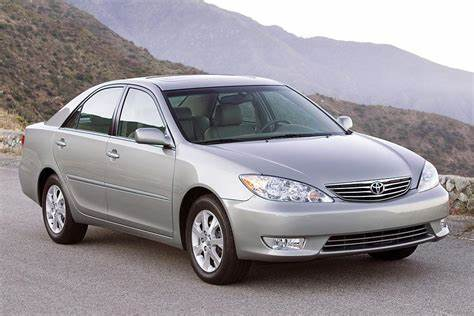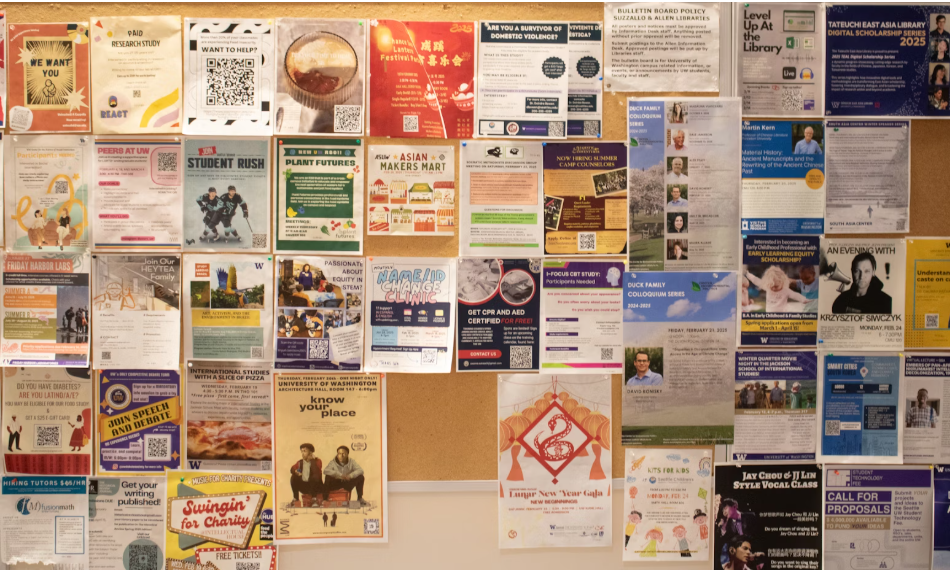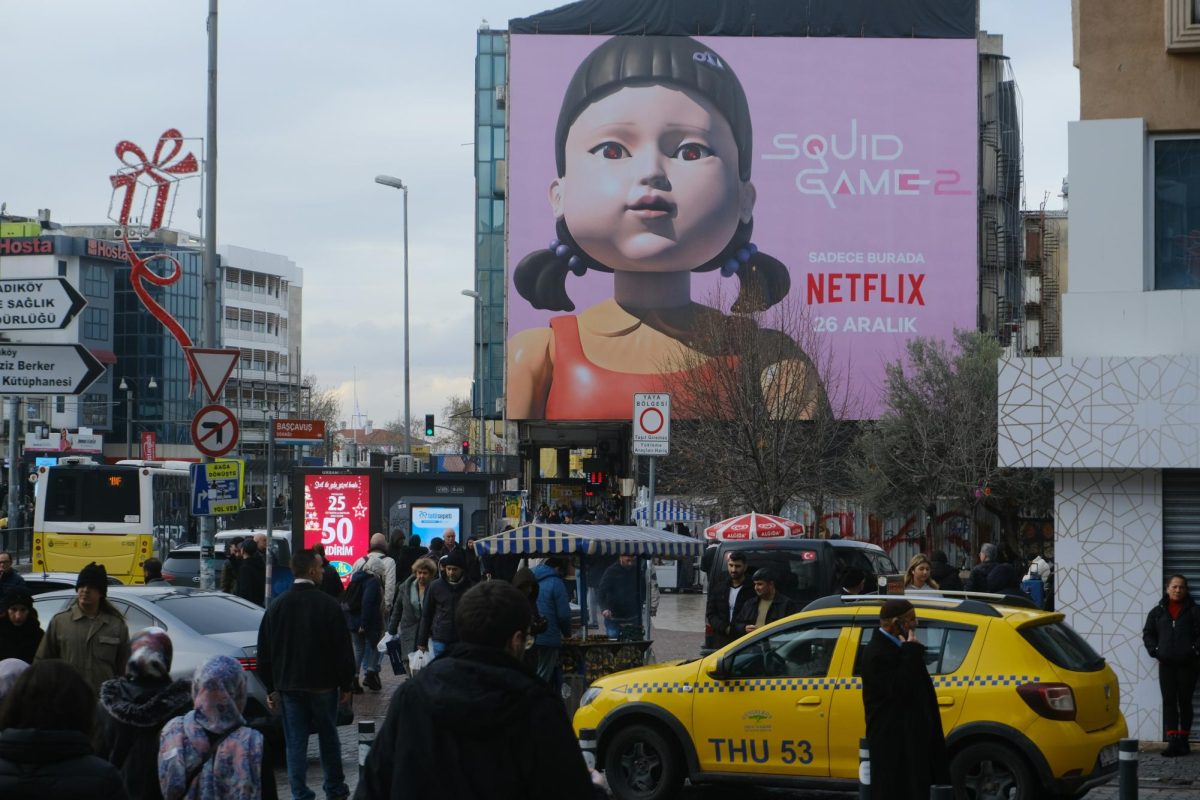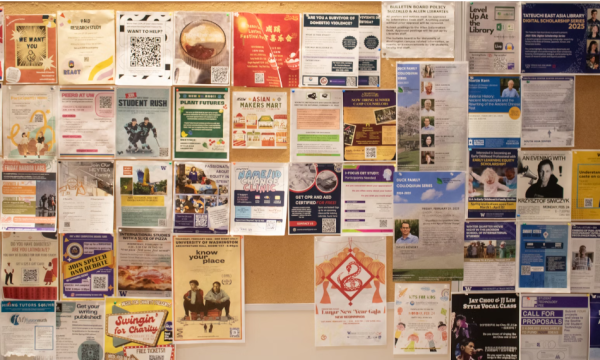An Ice Free Arctic
The effects of climate change have greatly affected the globe as a whole and continue to threaten the future of humankind. An outstanding example of this is the fast paced melting of the polar ice cap. The polar ice cap is estimated to be completely ice free come summer of the year 2040, decades earlier than expected.
“When the ice thins to a vulnerable state, the bottom will drop out and we may quickly move into a new seasonally ice free state of the Arctic,” said Mark Serreze, a Geographer from the University of Colorado Boulder. “ There is some evidence that we may have reached that tipping point and the impacts will not be confined to the surrounding region.”
The data used to back these assumptions comes from computer models monitored by scientists. These computer models show an estimated time lapse of the Arctic ocean over a specific span of time.

Greenland is also home to ancient glaciers beginning to melt; due to this, the continent of Greenland is facing a future of geographic devastation. “If the ice sheets on Greenland and Antarctica were to collapse and melt entirely, the result would be sea level rise of 200 feet or so,” said author Jon Gertner. A sea level rise would impact the entire globe, specifically coastal islands, states, and continents with pre-existing glaciers. These expanses of land would face mass flooding and necessary evacuation. In addition, the cities and towns would need to be completely relocated, bringing large economic factors along with it.
As the polar ice cap melts, the ecosystem it supports will start to dwindle, therefore affecting intertwined food chains and geographical factors. An example of this is the ice itself acting as a reflective mirror for the harsh solar rays being emitted by the sun. The ice blocks large amounts of the sun’s rays from entering the arctic ocean, therefore protecting animals that thrive in the cold, dark water. As the ice melts the ocean will absorb more of the sun’s rays, therefore, creating further global warming and disrupting the ecosystem.
Global warming has been the leading cause of the melting of glaciers and ice caps around the world. The production of greenhouse gasses and the large amounts of carbon dioxide being emitted from industries around the world is creating a future that is irrevocably different than how it is now. In the words of Scientist Peter Adams, “ In the end, the only hope we have is to find a way to remove carbon dioxide from the atmosphere once it has got there.”




















